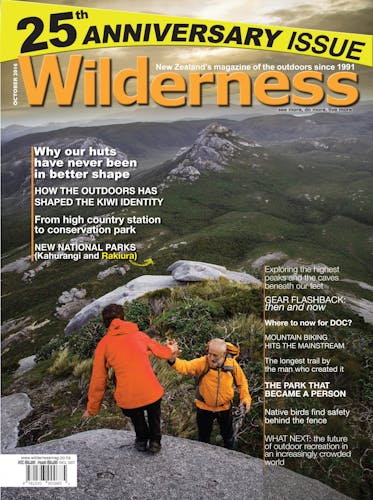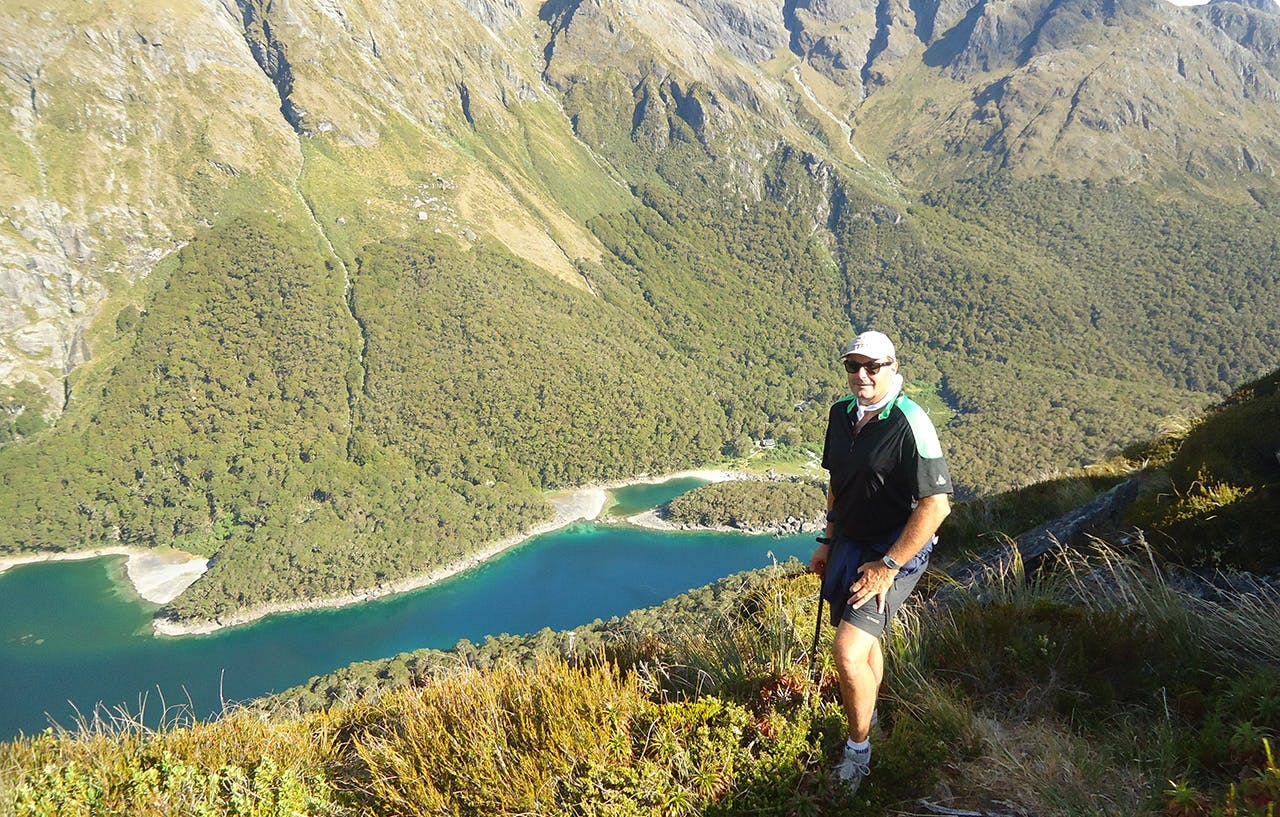Working together, conservation and outdoor recreation has a bright future.
By Lou Sanson
New Zealand’s hut and track network is unique in the world. It tells the story or our intrepid past and facilitates our adventures into the future. It is an international resource, one that brings visitors to New Zealand again and again.
DOC has managed the network since 1987, enabling free and unhindered access to New Zealand’s natural places. The network has expanded and evolved during this time with the 10th Great Walk – The Pike29 Memorial Track – scheduled to open in 2018.
DOC’s job is a big one; the management of about 30 per cent of the country’s land mass, plus marine and coastal areas. Wild places are being put under increasing pressure, both from local and international visitors.
DOC has to find ways to manage popular destinations, to ensure experiences meet people’s expectations. We need to continue to invest in our facilities and help spread the load by attracting people to lesser-known destinations and encouraging them to take greater advantage of quieter visitor seasons. This needs to be balanced against ensuring New Zealanders can continue to access a quality backcountry network offering areas of remote tranquillity.
Also, the skill profile of trampers in New Zealand is changing as more tourists visit backcountry locations and the resident population evolves. An aging population and new and competing leisure activities mean that New Zealanders may want to access the backcountry in new and different ways. DOC needs to manage experiences to suit various levels of difficulty: those new to the outdoors and well-weathered veterans.
We need input from the public, conservation boards and external organisations to ensure we get this balance right.
A key is partnerships, such as the Recreation Consortium, which brings together a mix of community organisations, businesses and DOC to maintain, for the most part, backcountry facilities. Members include Trailfund, FMC, NZDA and the results are impressive.
Over 800 volunteers have clocked up 19,000 hours of work on 34 huts, 105km of tramping tracks and 140km of mountain bike tracks. This involvement guides DOC’s prioritisation, pools resources for some less-used facilities and ensures the public gets to take ownership of places important to them.
We’ve had some brilliant successes for recreation from this collaborative approach. The Old Ghost Road is a shining example, opening up 80km of tramping and mountain biking track in the Buller region and showcasing the area’s natural beauty and mining history. DOC provided on-the-ground support and invested $1.5 million into the $5.5 million project which was led by the Mokihinui-Lyell Backcountry Trust. Volunteers (248 of them) have been fundamental to the track’s ongoing success.
The department has always placed a strong emphasis on managing conservation land with and on behalf of all New Zealanders, in particular with our Treaty partners. This collaborative approach has grown over the years and is a consistent feature of our most significant success stories.
A benchmark for this approach can be seen in Te Urewera, where a world-leading model of management of natural areas that draws heavily on Matauranga Maori has been established. In principle, the land (Te Urewera) owns itself, by being given a personal legal identity.
Another initiative is taking the department into new territory to support a global movement reconnecting people with nature. Backed by a wealth of research, ‘Healthy Nature Healthy People’ aims to improve the health and wellbeing of both people and the natural environment, through time spent outdoors.
And there is a bigger challenge on our horizon which will underline the importance of working together to protect our heritage. Climate change impacts – flooding, cyclones, pest plagues – heavily affects DOC’s work, resulting in increasing management costs and heightened visitor safety concerns.
In the face of this, safety systems must remain nimble and up-to-date. DOC has a world class asset management system of hut and track inspection and repair. The department has just undertaken an extensive review to ensure our visitor safety management practices are updated with global best practice.
DOC’s purpose – conservation leadership for our nature – describes our role in leading, supporting and influencing conservation across New Zealand. The recently announced Predator-Free New Zealand initiative gives us new hope for the future of our nature and exemplifies this approach.
Our goal is to significantly grow the overall amount of effort and investment going into preserving and providing access to our natural and cultural heritage to benefit all New Zealanders, including future generations.
– Lou Sanson is DOC’s director general






